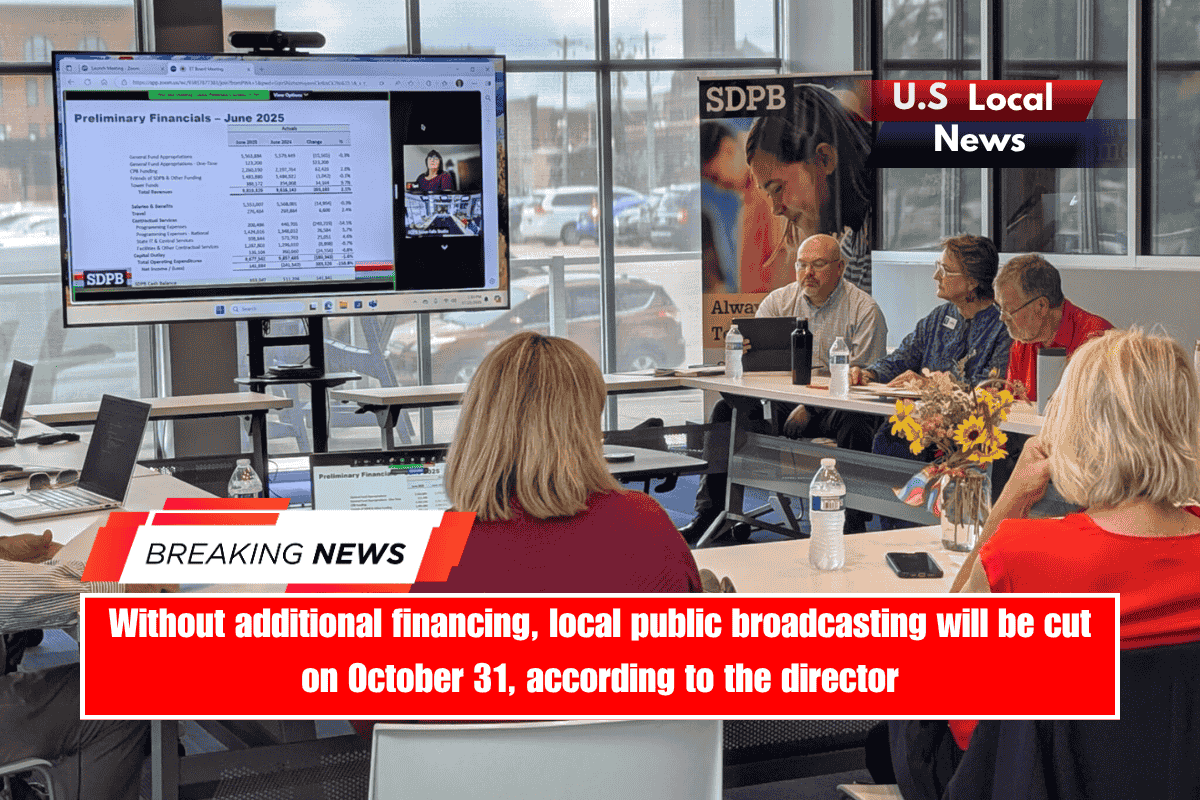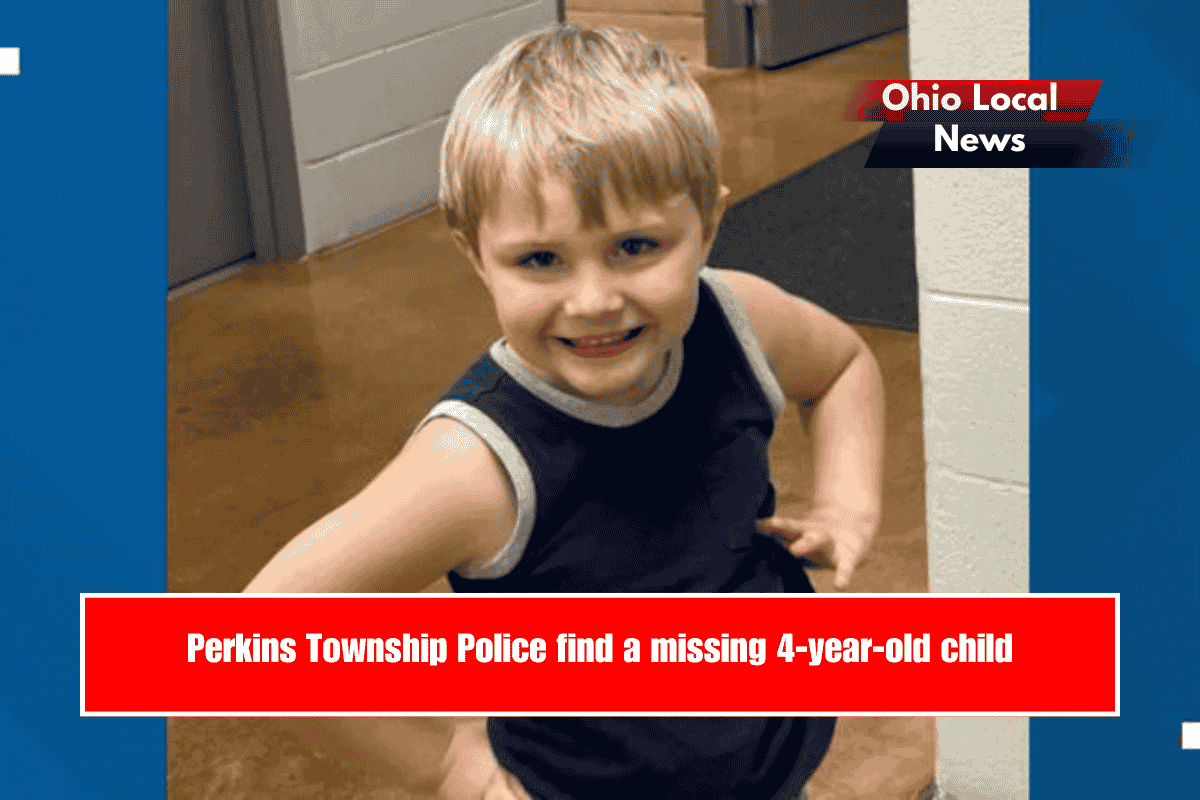SIOUX FALLS — South Dakotans should know what stays and what goes at South Dakota Public Broadcasting within the next two weeks, assuming there is no philanthropic or state budget lifeline.
Whatever happens, the SDPB’s director says, the public will have two months’ notice before programs and voices are removed.
The recent congressional clawback of federal funding for the Corporation for Public Broadcasting cost SDPB approximately $2.2 million, or about 20% of its budget.
SDPB is a state-run organization with state employees on staff. Friends of SDPB, a nonprofit, also supports the organization.
Julie Overgaard, SDPB’s executive director, told budget committee lawmakers this week that the organization is considering layoffs of up to 20 employees and local content cuts across its radio and television operations as a result.
On Friday afternoon, the state Educational Telecommunications Board met behind closed doors in Sioux Falls to review a proposed downsizing plan. The board’s responsibility is to ensure that SDPB operates within the legal parameters of its broadcast licenses.
Following the executive session, Overgaard informed South Dakota Searchlight that “we’re going to do everything we can to save our statewide coverage and all of our broadcast licenses.”
“Nobody should see their SDPB radio or TV signal go away because of this,” she told me.
On Monday, the Friends of SDPB will have an opportunity to discuss the downsizing plan with the board.
After that, Overgaard will present the plan to the commissioner of the Bureau of Information Technology, the government office that houses SDPB, and Lt. Gov. Tony Venhuizen before submitting it to Gov. Larry Rhoden for final approval. Overgaard said the governor must approve layoffs at state agencies.
If Rhoden signs off, staff and the public, in that order, will be notified of “the people and programs we’re going to lose, if no fix is implemented.”
“It’s not the state’s job to fill that entire fiscal hole,” Overgaard said, but she hopes the governor will at least consider funding to help SDPB continue livestreaming state government proceedings. The state owns the equipment used to livestream legislative and other government meetings, and the funds to operate it come from the SDPB budget.
Friends of SDPB intends to dip into its endowment to ensure that no content changes occur before October 31, and Overgaard said the intervening months will determine how many of the plan’s listed layoffs and program cuts are implemented.
“To the extent that we’re able to fundraise, find foundation support and find business support, those things will come off the list,” Overgaard told reporters. “People will be reinstated, programs will be reinstated.”
Kay Jorgensen, president of the Educational Telecommunications Board, urged SDPB supporters to “do what they did during the legislative session,” i.e. support the system.
Before leaving to become Secretary of Homeland Security under President Donald Trump, former Gov. Kristi Noem proposed slashing SDPB’s state funding. Those efforts were met with rejection by state lawmakers.
Prior to the closed-door meeting, the board received a report on the system’s financial health through June, the month before Congress decided to cut public media funding. SDPB was profitable and operating within its means, according to Jorgensen.
In the face of the new reality created by congressional recess, Jorgensen added, “our goal is to stay lit, and to serve the public as we always have.”
“We would ask the public to articulate their views on why public broadcasting is so important, to share it with their friends and neighbors, and certainly with the policymakers on the local, state and national levels,” Jorgensen told reporters.









